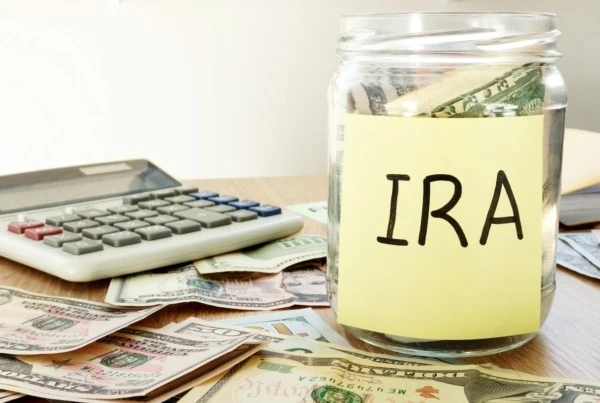Imagine you’ll be attending a wedding in a month and you’re pursuing the registry in preparation. You discover the perfect gift is on sale today for 50% off, meaning you could pay $100 instead of $200! But the sale ends today. You’re low on funds right now because you recently booked your travel and accommodations for the event. Next week you’ll get paid and have plenty of money, but by then the sale will be over.
If only there were some way you could make the purchase now, but pay for it later. Of course, most minds go straight to using a credit card. But what if you don’t have a credit card, it’s maxed out, or you don’t want to use it for fear of the high interest rate it carries? You may feel as if you are out of luck. Then you see the small print that seemingly solves your problem: as low as $25 a month.
The possible solution? A “buy now, pay later” (BNPL) loan.
But before you crack open this lightning-quick line of financing, you should understand what all they entail. Read on as I outline the advantages and disadvantages of buy now, pay later, as well as explain financial alternatives for heavy-spending months.
Featured Financial Products
What Is Buy Now, Pay Later?
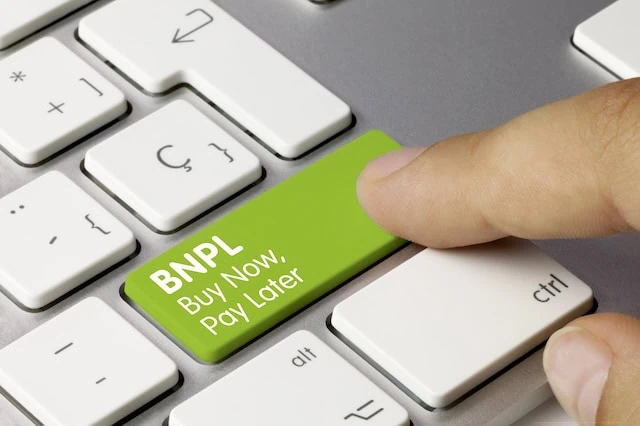
A buy now, pay later (BNPL) loan, sometimes also referred to as a point-of-sale loan, is a zero-interest loan that’s repaid in four or fewer installments over a set period of time. And while it’s not a concrete feature across the board, most BNPL providers require your payments to be made via autopay; they won’t allow you to pay manually.
Buy now, pay later loans can actually be traced back to the 19th century, but they’ve enjoyed a renaissance over the past few years as digital technologies have made these plans extremely easy to set up and implement. Juniper Research estimates that global consumer spending through BNPL platforms, pegged at $112 billion annually in 2022, will rise to $437 billion by 2027.
BNPL loans usually are meant for larger purchases, such as appliances or mattresses, but they’re increasingly being used for smaller buys, as well. Indeed, in 2025, BNPL company Klarna inked a partnership with food-delivery service DoorDash, which means consumers will now be able to use buy now, pay later loans for purchases as trivial as a couple of pizzas.
But growing popularity and usage aren’t necessarily signs that something is a good idea.
If you want a clearer picture of whether you should ever use BNPL loans, you need to understand their strengths and shortcomings.
The Pros of Buy Now, Pay Later

For all of BNPL’s criticisms, which we’ll get to in a bit, there’s more than one reason why people use them, and why the industry is growing in popularity.
Here are the top arguments in favor of buy now, pay later loans.
They Spread Out Your Payments
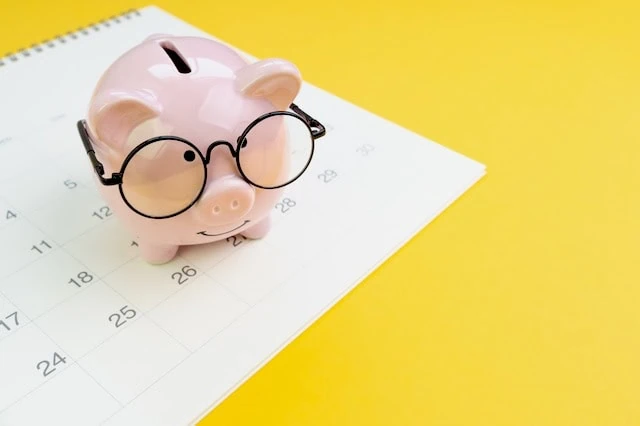
You might not have enough money in your bank account to pay for a major purchase in full. Or even if you have enough to cover an expense, you might prefer to pay it over time so you still have some liquid funds.
Buy now, pay later services split a larger one-time payment into several more manageable amounts. The payments are commonly scheduled two to four weeks apart. This allows people to spread the financial impact across multiple paychecks rather than having to plunk down all that money at once.
Related: 50+ Best Money-Making Apps That Pay You Real Money
They (Usually) Don’t Hurt Your Credit
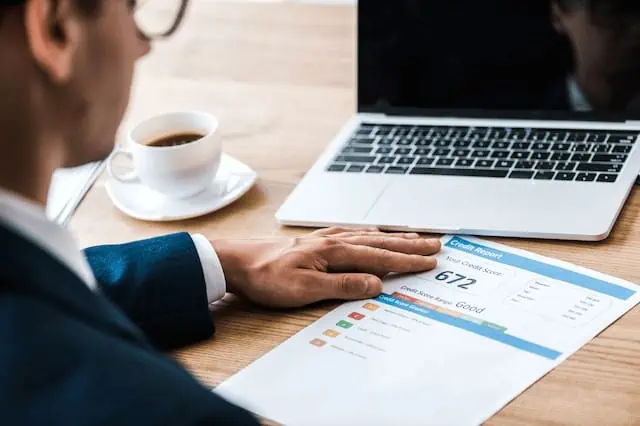
At least in the short-term, BNPL loans could be better for your credit score than getting a credit card. Unlike when you open most credit cards, BNPL lenders typically don’t do hard credit inquiries, which can negatively affect your credit score for a year or two.
Also, the Consumer Financial Protection Bureau (CFPB) notes that “generally, most Buy Now, Pay Later lenders don’t report your payment history to the major credit reporting companies.” So a couple of late payments are unlikely to hurt your credit. But borrowers aren’t completely off the hook. If missed payments escalate too far, BNPL lenders might send what you owe to a debt collector, at which point, the debt would be reported to the major credit bureaus.
Related: Should You Buy a Car Outright or Finance It?
No Interest Charged for On-Time Payments
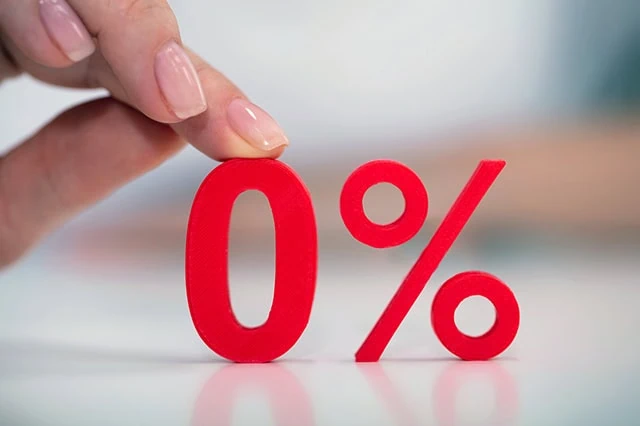
BNPL loans are typically interest-free as long as you make on-time payments.
That stands in stark contrast with credit cards, which at the moment charge annual percentage rates (APRs) of about 24% on average, and payday loans, which charge a wild 391% in annual interest on average.
It’s pretty easy to see how a 0% rate would look a lot more attractive by comparison.
Featured Financial Products
The Cons of Buy Now, Pay Later

While buy now, pay later loans have some appeal, there are also reasons why BNPL has an awfully mixed reputation.
Despite the 0% interest rate and lack of reporting to the credit bureaus, there are other ways in which these services can negatively impact your finances.
Here are the disadvantages of BNPL loans.
Related: 60 Personal Finance Statistics You Might Not Know (But Should!)
Late Payment Fees

While you won’t be charged interest if you make on-time payments, missed payments can result in fees. There is no standard fee for BNPL lenders—each one has a different policy, so read the fine print.
For instance, if you miss a payment with Klarna, they’ll try a second time to collect it. After that, your owed amount, as well as a $7 late fee, will be added to your next scheduled payment. However, the aggregate sum of your fees is capped at 25% of the order value at the time of purchase.
Afterpay, another major BNPL lender, also has a 25% cap on late fees, but with a different structure:
- If you are late to pay on an order of under $40, you will incur a late fee of no more than 25% of the order price. (For instance, if you were late on a payment for a $20 purchase, you would incur a $5 fee.)
- If you are late to pay on an order of $40 or more, you will incur a $10 fee when a payment is late. If you haven’t made your payment and paid the late fee by seven days after the due date, you’ll be charged an additional partial late fee of up to $7. This will continue for all late payments up to the 25% cap, with an absolute dollar-amount cap of $68.
In some instances, these late fees might actually be less punitive than the consequences of missing payments on a credit card. But they’re still ways in which you can end up paying more than the original purchase price.
Related: 12 Best Apps That Give You Money for Signing Up [Free Money]
Chance of Overdrafts
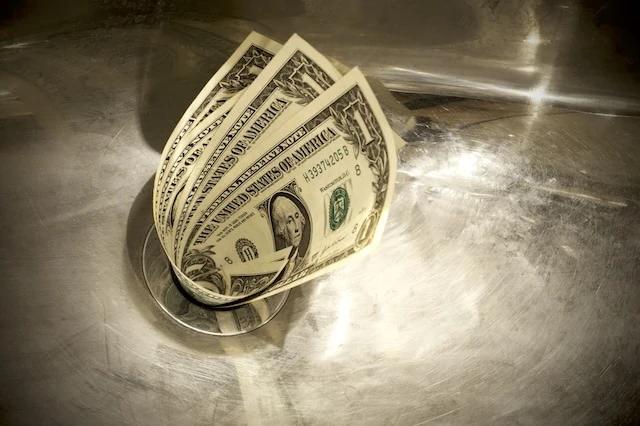
Do you keep a steady eye on your checking account balance? If not, and if your balance is typically low, you run the risk of your automatic BNPL payments overdrafting your account. And if your account overdrafts, you might owe an overdraft fee, depending on your financial institution.
In 2024, federal regulation changed, giving financial institutions the following options regarding overdraft fees:
- Cap overdraft fees to $5.
- Cap the fee to the amount that covers costs and losses.
- Disclose the terms of their overdraft loans and give consumers the option of whether they want to open the line of overdraft credit.
However, Congress passed a resolution in 2025 that would kill those changes; as of this writing, President Donald Trump is expected to sign it. So how much could your overdraft fee cost? It depends. Your bank might not charge these fees at all, it might offer a grace period, or it might just come right out and start charging high fees. It will vary from bank to bank.
You can avoid overdrafts by always checking that you have sufficient funds in your account to cover the withdrawal. But sometimes, life gets busy or you might simply not have enough money. And if that’s the case, you could be at risk of a scheduled BNPL payment overdrafting your account.
Related: How to Achieve Financial Minimalist to Reduce Stress
They Make It Easier to Overspend
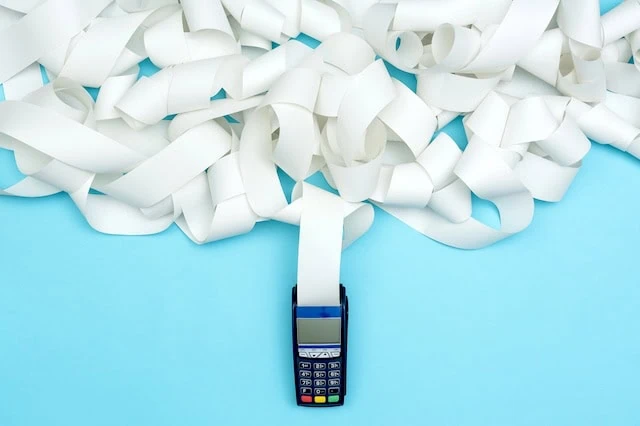
The way BNPL plays with your brain makes it easier to overspend.
“This dress is $100. Too rich for my blood. But wait—what’s this? Four payments of $25? I can afford that!”
Yes, I know, and I know you know: Four payments of $25 comes out to $100.
But while we both know the math, your brain processes the numbers differently. “I can’t cover $100 now, but I can cover $25 now, and I can cover the other $75 over the next few months.”
This kind of kick-the-can-down-the-road thinking can be especially dangerous if you purchase if you expect a financial windfall to arrive soon, only for that money to never materialize.
It can also create a snowball effect where you buy several items this way, each time justifying it because you’re paying a smaller sum over time. Indeed, it’s very easy to rack up a substantial monthly obligation this way.
This isn’t a universal warning. Most people must buy necessities like homes and cars over a long period of time because it’s usually too difficult or downright impossible to save the required amount of money by the time you actually need to purchase those things. However, if you don’t currently have enough money to cover a luxury expense … well, it’s possible you might not have sufficient funds later, either, and it’s best not to bet on that being the case. Financially, it’s almost always best to save up for those purchases and spend that money only once you have it.
Related: 31 Millennial Spending Habits & Income Statistics to Know
They Don’t Help Your Credit

One of BNPL’s strengths is also its weakness.
The fact that buy now, pay later lenders don’t report to the credit bureaus is great in that late payments won’t ding you. But it’s also a weakness in that a history of timely payments will do nothing to improve your credit score, either.
Credit cards, by contrast, absolutely reward good repayment habits by reporting that information, which can lead to higher credit scores.
Related: How to Achieve Financial Minimalism to Reduce Stress
Returns Might Be Challenging

Remember that hypothetical $100 dress you bought? Well, let’s say it ended up being the wrong size. Fortunately, the store has a solid return policy, and your return request was approved.
If you paid with a credit card, your funds would be returned pretty quickly. However, if you paid through a BNPL service, the merchant would actually refund the money to the BNPL lender. Historically, BNPL lenders would eventually have refunded that money back to you … but not always.
A lack of consistency in that space, as well as other issues, resulted in a CFPB rule passed under former President Joe Biden that forced BNPL lenders to provide several of the same legal protections and rights as credit card companies. This included requirements to refund returned products or cancelled services, investigate disputes, and provide billing statements.
However, recently, Trump’s CFPB said it would not prioritize enforcement of this new rule and is even looking at rescinding the rule.
Related: 9 Best Credit Cards for No Credit History: Starter Credit Cards
You Can’t Accumulate Credit Card Rewards
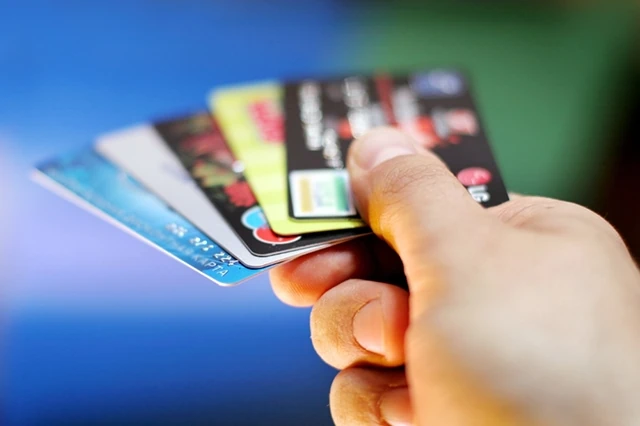
Some people fear credit card usage because of the high interest rates. But that’s not an issue as long as you fully pay off your credit card every month. One of the benefits of credit cards is that some rewards credit cards offer excellent financial deals. You may get cash back, airline miles, or a variety of other perks.
But these benefits are typically lost when you use a Buy Now, Pay Later plan. You may be able to pay off your BNPL bill with a credit card to still earn some rewards, but that can be a complex process and then you still have a credit card bill to handle.
Related: 9 Best Automatic Savings Apps + Savings Accounts
Should You Use Buy Now, Pay Later Loans?

I wouldn’t go so far as to say you should never use BNPL loans, but they’re rarely a good idea.
You absolutely shouldn’t use BNPL options if you’re not confident you’ll be able to make on-time payments and avoid bank overdraft fees.
In a 2022 DebtHammer survey, 32% of respondents said they had to skip paying an essential bill—such as utilities, rent, or child support—to make their BNPL payments. If a non-essential purchase doesn’t fit easily into your budget, it’s unwise to use BNPL to “afford” it.
However, I would be remiss not to acknowledge that BNPL is increasingly being used for essential purchases. A 2025 LendingTree survey showed that 25% of respondents were using BNPL loans to buy groceries—up significantly from 14% in 2024, and higher than the 21% recorded in 2023.
That information—Americans feeling the need to spread their grocery purchases out across multiple payments—suggests that BNPL usage is sometimes not an active choice, but a necessary means to get by. And that points not toward a financial literacy issue, but instead toward an increasingly difficult financial picture for many Americans.
Related: Cooking Costs Heating Up? Here’s How to Save Money Cooking
What Other Options Are There?
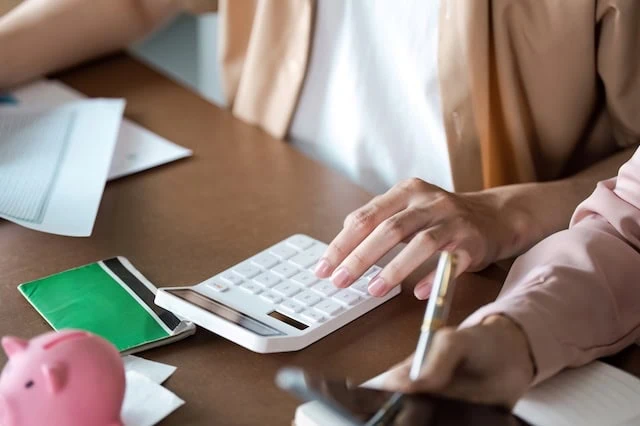
So, let’s assume that buy now, pay later loans aren’t an ideal solution. What other options do you have?
If you need to postpone paying for a purchase in full, credit cards are a similar alternative with much better buyer protections. Like with BNPL, you’re fine as long as you make on-time payments, and you can avoid any interest charges by paying off your credit card in full when the statement arrives.
Even if you don’t qualify for an unsecured credit card (a typical credit card), you still might be able to open a secured credit card (in which you pay a security deposit).
You could apply for a personal loan, too. While they’re a bit more involved than swiping a credit card, they often offer lower interest rates.
Of course, the safest way to make nonessential purchases is to budget for them and save toward them.
Take the holiday season, for instance. Research from the CFPB found that BNPL loan usage is more prominent during the holiday season. People often have more costs to cover during this time of year as they buy presents, cook elaborate dinners, or travel, making it easy to see the temptation of pushing off some of the monetary burdens to a less costly time of year.
However, if you budget ahead for holiday expenses, you can still spread out the cost like you would with a BNPL loan … but without taking on the risk of a BNPL loan. You could start buying presents earlier in the year as fitting gifts catch your eye, or you could simply set money aside and wait until Black Friday to make your purchases.





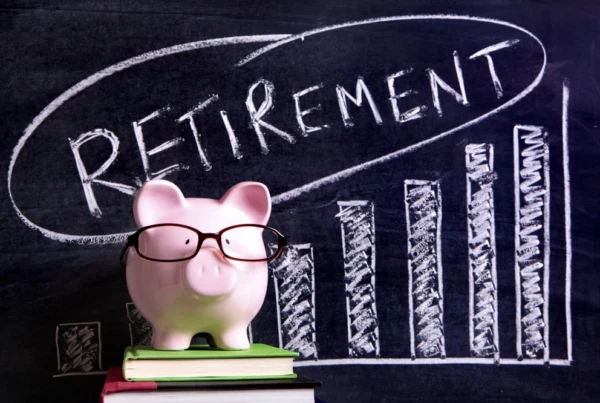
![SEP IRA Contribution Limits [2025 + 2026] 31 SEP IRA contribution limits](https://youngandtheinvested.com/wp-content/uploads/SEP-IRA-contribution-limits-600x403.webp)
